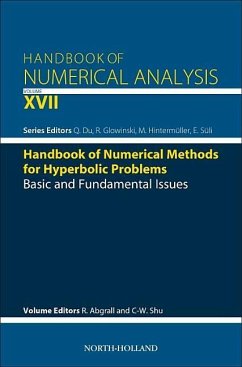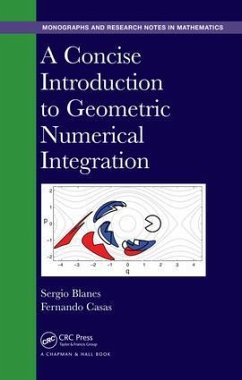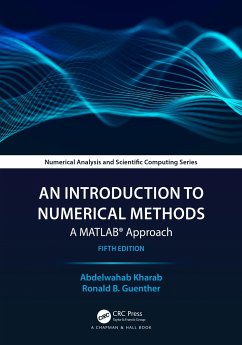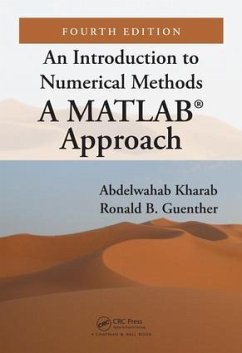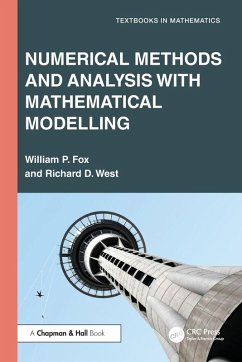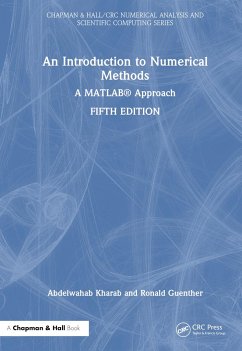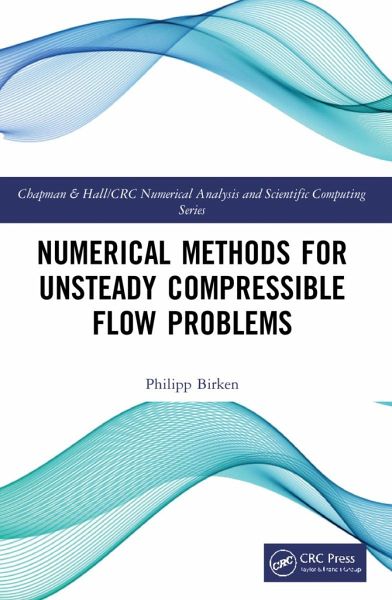
Numerical Methods for Unsteady Compressible Flow Problems
Versandkostenfrei!
Versandfertig in 6-10 Tagen
50,99 €
inkl. MwSt.
Weitere Ausgaben:

PAYBACK Punkte
25 °P sammeln!
Numerical Methods for Unsteady Compressible Flow Problems is written to give both mathematicians and engineers an overview of the state of the art in the field, as well as of new developments. The focus is on methods for the compressible Navier-Stokes equations, the solutions of which can exhibit shocks, boundary layers and turbulence. The idea of the text is to explain the important ideas to the reader, while giving enough detail and pointers to literature to facilitate implementation of methods and application of concepts.The book covers high order methods in space, such as Discontinuous Gal...
Numerical Methods for Unsteady Compressible Flow Problems is written to give both mathematicians and engineers an overview of the state of the art in the field, as well as of new developments. The focus is on methods for the compressible Navier-Stokes equations, the solutions of which can exhibit shocks, boundary layers and turbulence. The idea of the text is to explain the important ideas to the reader, while giving enough detail and pointers to literature to facilitate implementation of methods and application of concepts.
The book covers high order methods in space, such as Discontinuous Galerkin methods, and high order methods in time, in particular implicit ones. A large part of the text is reserved to discuss iterative methods for the arising large nonlinear and linear equation systems. Ample space is given to both state-of-the-art multigrid and preconditioned Newton-Krylov schemes.
Features
Applications to aerospace, high-speed vehicles, heattransfer, and more besides
Suitable as a textbook for graduate-level courses in CFD, or as a reference for practitioners in the field
The book covers high order methods in space, such as Discontinuous Galerkin methods, and high order methods in time, in particular implicit ones. A large part of the text is reserved to discuss iterative methods for the arising large nonlinear and linear equation systems. Ample space is given to both state-of-the-art multigrid and preconditioned Newton-Krylov schemes.
Features
Applications to aerospace, high-speed vehicles, heattransfer, and more besides
Suitable as a textbook for graduate-level courses in CFD, or as a reference for practitioners in the field





